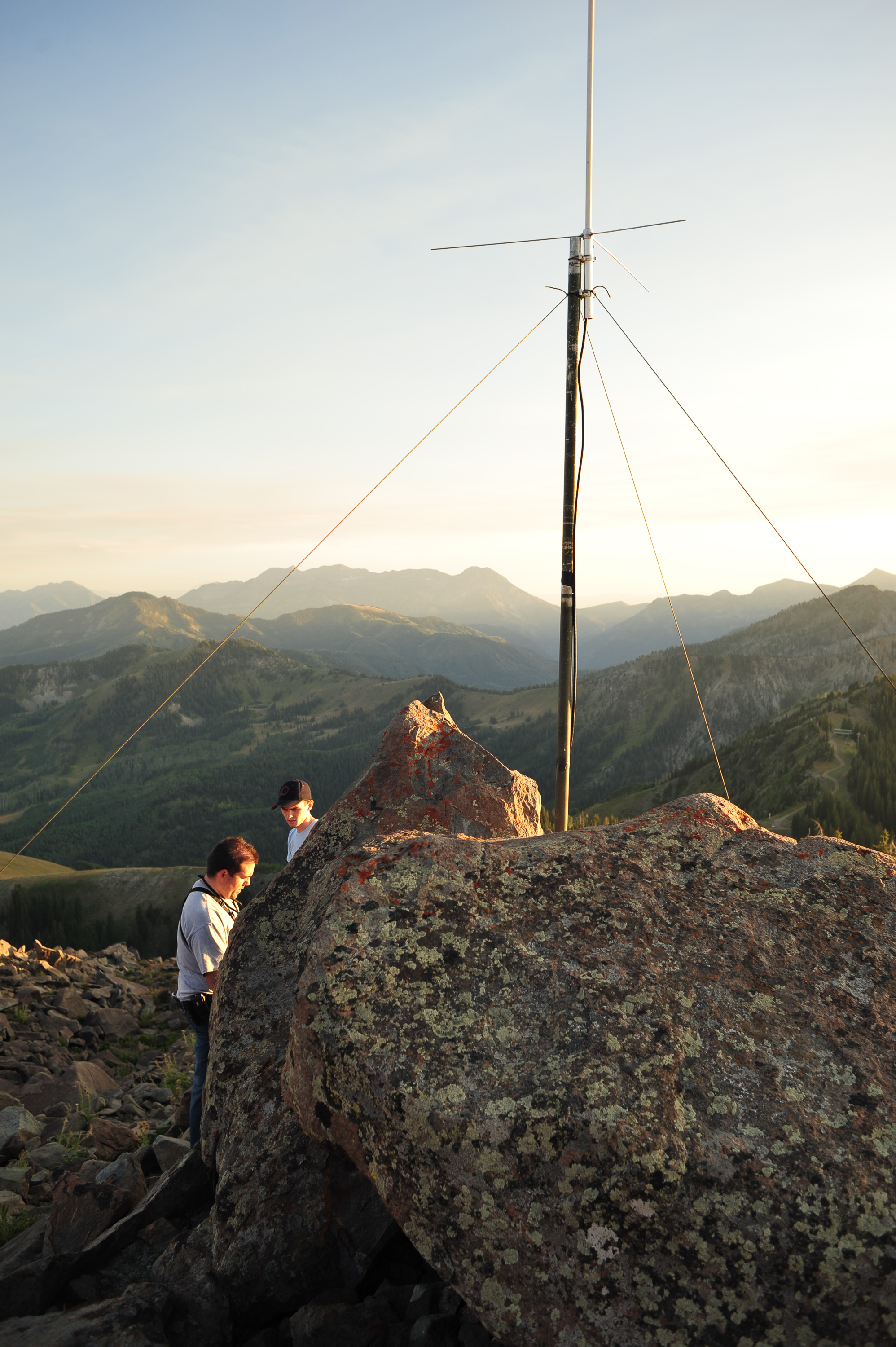

The Wasatch Front 100 Mile Endurance Run is an annual “ultramarathon” or “ultra running” event over trails through the Wasatch Mountains in Utah.
Amateur radio operators (“ham radio operators” or “hams”) assist the race organizers and provide vital communications services on and off the course during the event. Over the last twenty or thirty years, the radio system has evolved to better serve the needs of the runners and the organizers.
Safety of the runners is the most important goal of everyone involved with the race. An important safety procedure is for every runner to check in and out of each of the dozen or so aid stations along the course. This provides a last-known time and location if a runner ever goes missing.
The aid stations send the in and out times to the finish line, where they are recorded for safety checks and emergencies, but also to provide split-time records for the runners.
Initially, these times were sent via voice over ham radio. Bandwidth allowed a maximum of 150-200 runners. Over the years, volunteers have built a system using AX.25 packet radio to automate a lot of this work.
What we call “the packet system” has evolved to include custom server software running at Net Control that can send and receive information over the packet radio network as well as the Internet.
One of the most impressive parts of the packet system are the temporary relay nodes. Self-contained packet-radio relay stations. Some time before the race, volunteers hike up to mountain peaks where low-power radios can transmit to and receive from both the finish line and certain aid stations. A weatherproof enclosure holds the radio and packet node controller. A sealed battery large enough to last the weekend plugs in as does an efficient antenna.
Before coming off the mountain, the volunteers contact another ham somewhere off the mountain to make sure that they can successfully send and receive packets from the node. Then the node hopefully runs well through the whole event.